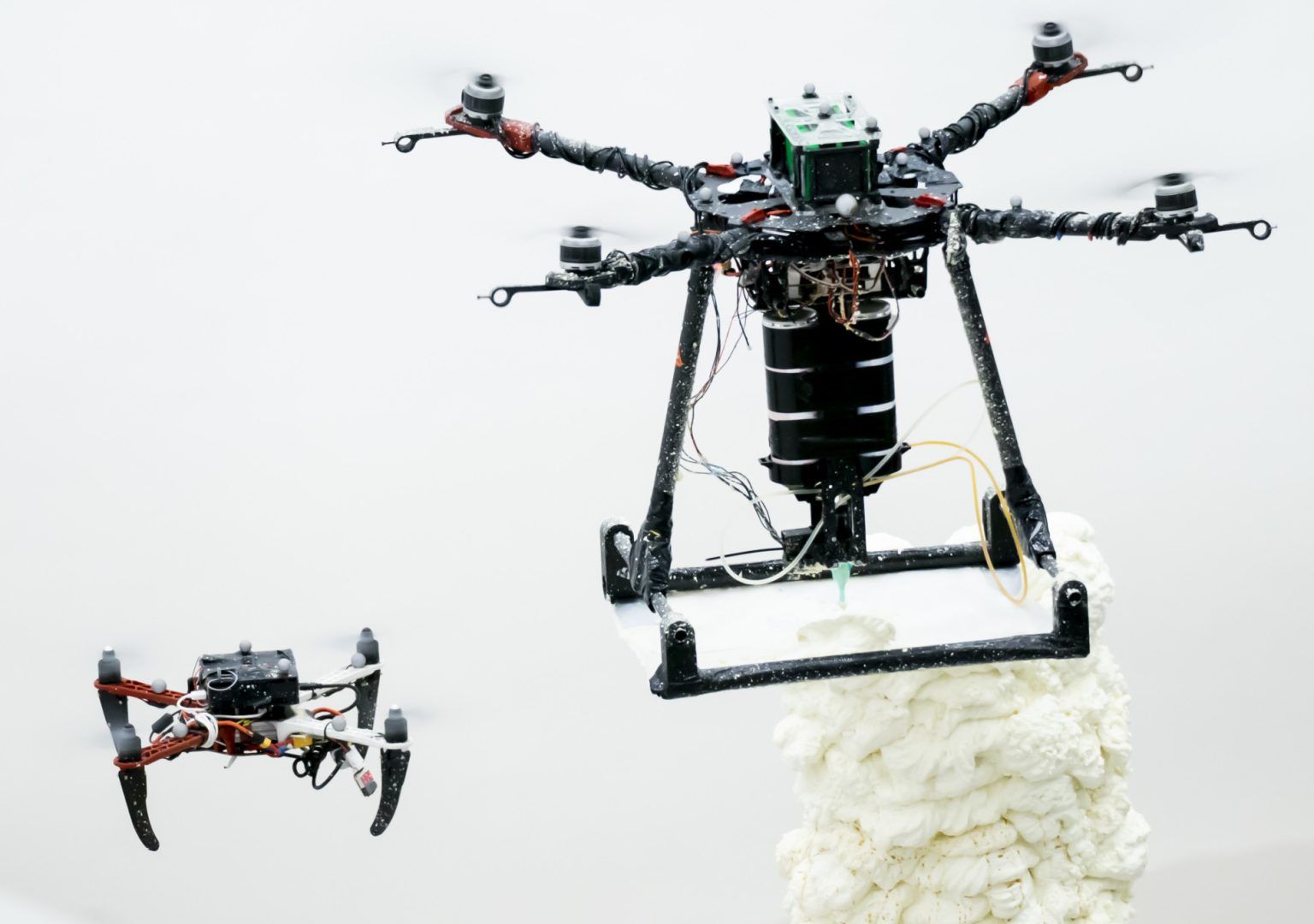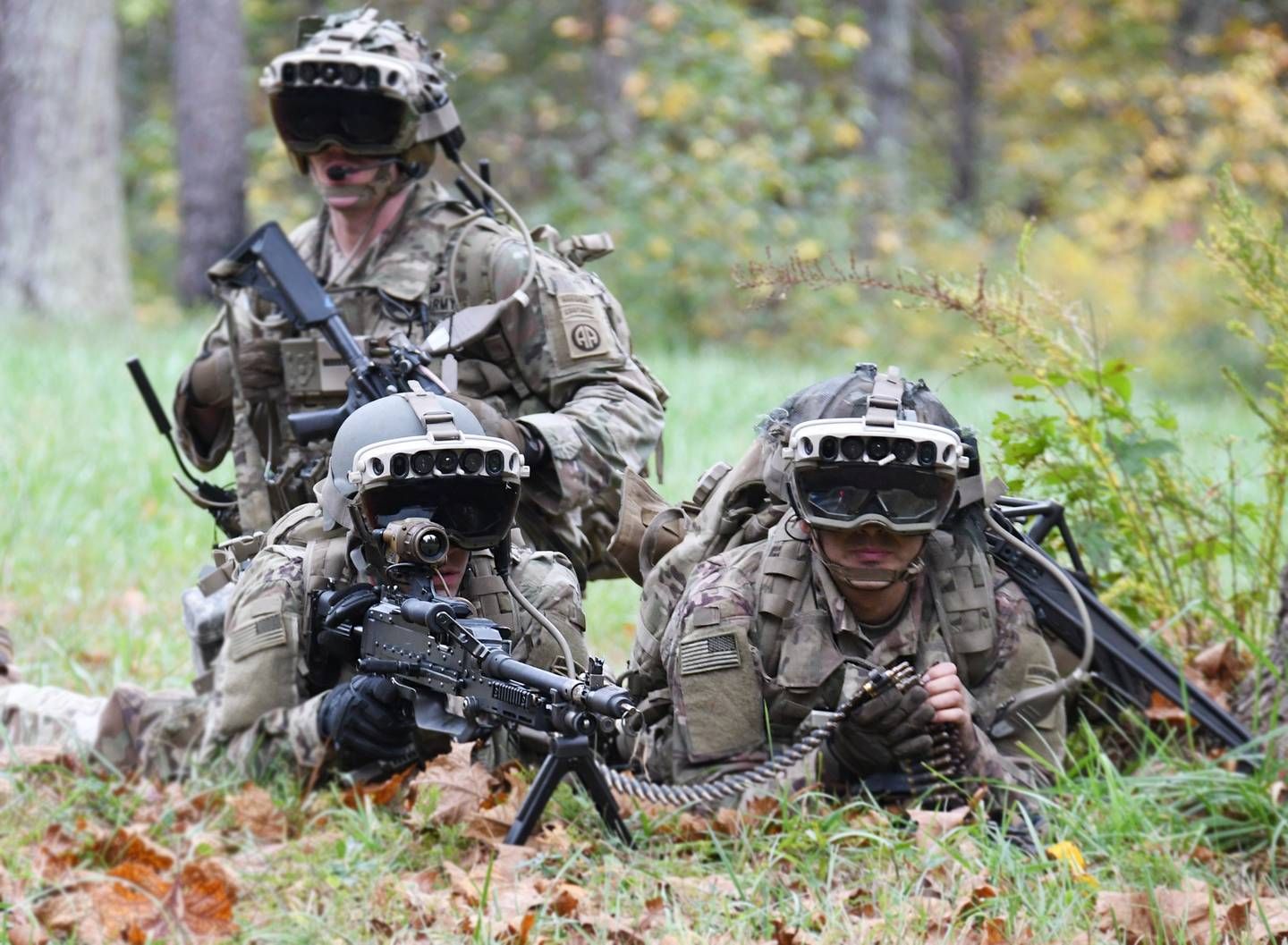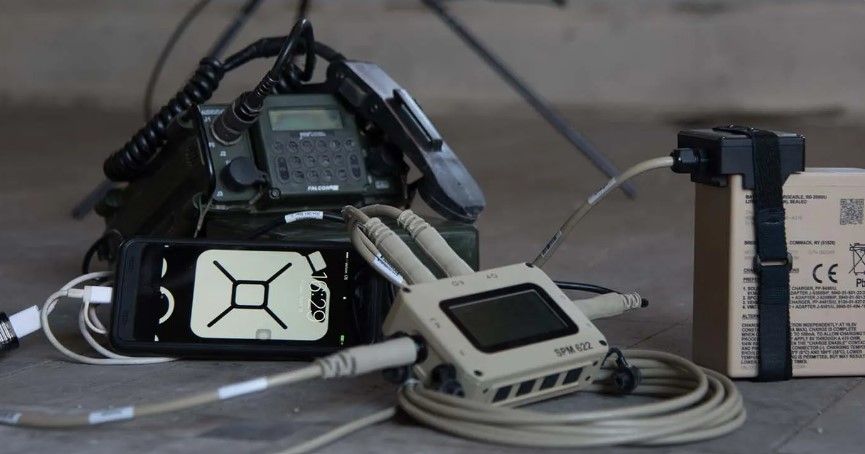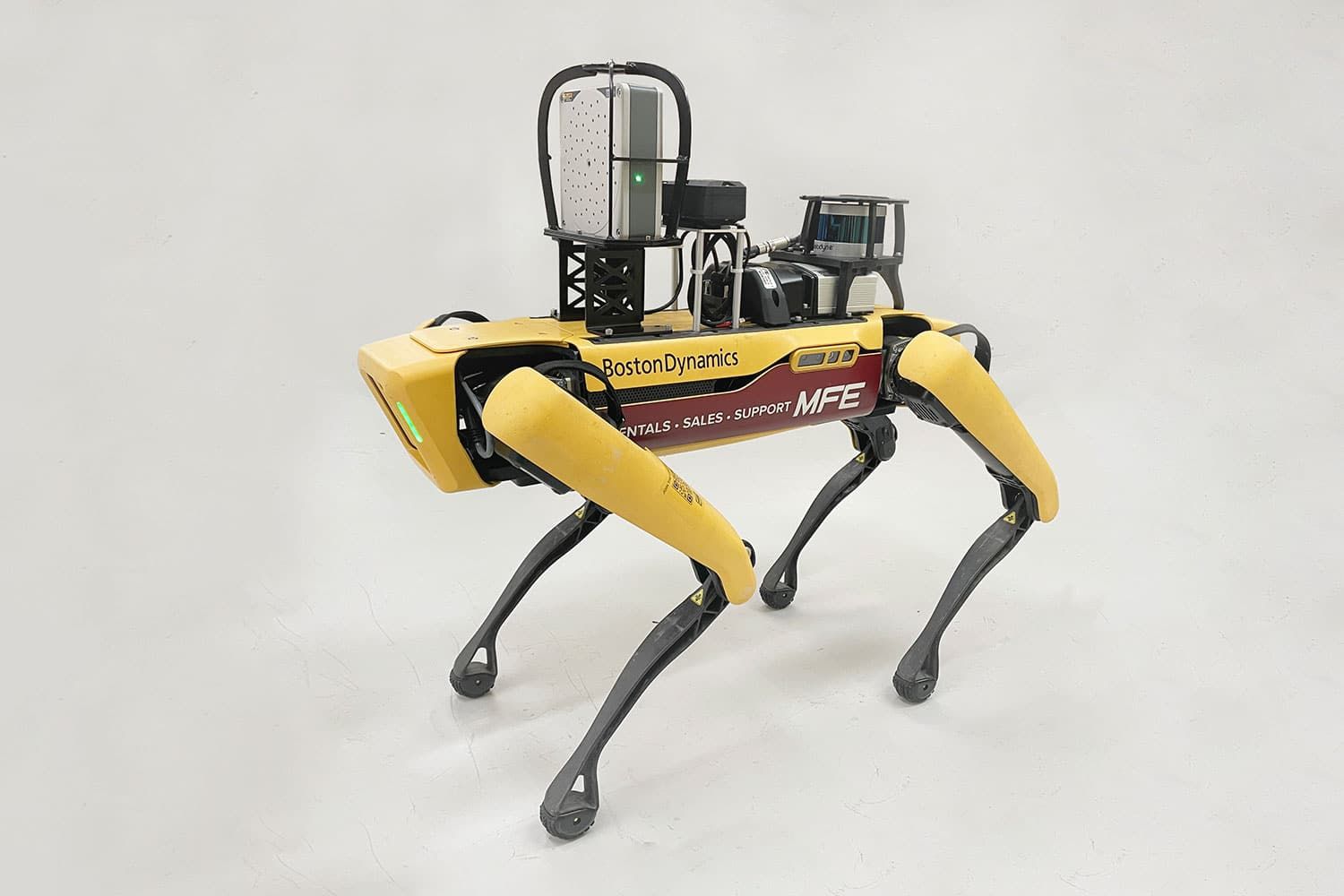We support knowledge development to help SMEs navigate the Defence sector. This includes industry trends, insights, developments and guides to doing business in Defence. Find more on the Defence Engage member-only site.
10 innovations that made waves in 2022
)
2022 has seen a host of innovations in Defence. Innovation is helping countries maintain or develop a strategic-edge, with drone technologies taking much of the lime-light. From wearables to lethal and modular drones, the past year has seen a continued march towards a more automated, digitalised battlespace across the domains.
#1 The Ghost Shark submarine

Capable of hosting a range of innovative technologies, the Ghost Shark system, created by Anduril for the Royal Australian Navy, will bring new capabilities to the Pacific. Boasting great range, stealth design and an ability to sit 6000 meters deep, the Ghost Shark is able to generate uncertainty for adversaries, in the face of advanced (potentially lethal) capability.
Source: Breaking Defense
#2 Wasp-inspired aerial additive manufacturing

Collaboration between industry and academia has proved fruitful with the development of wasp-inspired drones which can autonomously build structures in a variety of hard-to-reach environments. In this photo, from Imperial College London, a ‘ScanDrone’ and a ‘BuilDrone’ are working together to build structures, taking on complementary roles to fulfil their task.
Source: 3D Printing Industry
#3 First generation amphibious mine hunters

The US DoD’s Technology Incubators awarded contracts to two companies out of sixty-seven applicants to create a first generation of amphibious mine hunters. The battery-powered drones will have the ability to withstand a variety of undersea conditions, whilst searching for and working to remove hazards. These robots can both swim and crawl, allowing them to maintain stable when operating in the harshest of environments.
Source: National Defense
#4 IVAS: Integrated Visual Augmentation Systems

The US has invested heavily in an IVAS system, designed to give soldiers more capabilities, whilst bringing night vision, thermals and other tactical displays into one headset. The augmentation system is said to combine visual technologies with data processing systems, allowing for more advanced communications and situational awareness in the field.
Source: Army Times
#5 Nerv Centr: resilient power systems

Galvion have developed an innovative new energy storage, harvest and sharing capability for the US Army. As the battlefield of tomorrow looks to be increasingly data-heavy and energy-dense, a large amount of power will be required to maintain a competitive edge. The technology will enable power sharing in the harshest of environments and a mobile harvesting ability, thanks to solar roll-kits which can be deployed as needed.
Source: Military Aerospace Electronics
#6 The Drone Guard, AI-driven anti-drone defences

As frontline forces increasingly face threats from improvised or increasingly sophisticated military drones, demand for innovations which can protect against them is on the rise. ELTA, a subsidiary of Israel Aerospace Industries, has come up with ‘Drone Guard’, which leverages a variety of high-tech capabilities, such as: sensors, radars, COMINT systems, 3D technology and AI decision-making to protect against drone attacks.
Source: Shephard
#7 The unmanned Black Hawk

Hosting an Aircrew Labor In-Cockpit Automation System (ALIAS), a Black Hawk helicopter has been demonstrating its navigation, route-planning and automated sensory skills. In the 30-minute test, the rotary aircraft conducted a series of manoeuvres before executing a perfect landing. The innovative Optionally Piloted Vehicle (OPV) could revolutionise this long-time staple of US military power.
Source: Lockheed Martin
#8 Realtime strategic synthetic environments

Innovations in the realm of synthetic environments are coming thick and fast in 2022. In particular, this product by Improbable Defence, called ‘SKYRAL’, is pushing the boundaries of constructed environments. The platform allows for immediate updates to programs with testing available “at the pace of threat”, meaning that users can benefit from timely adaptability, whether at home or on the “bandwidth-denied environments of the battlefield.”
Source: Improbable Defense
#9 Advanced wearables


By taking the pressure off of soldiers backs, helping them manage weight more effectively and supporting them in the use of heavy weaponry, SABRE will reduce the physical pressures of land warfare. The exoskeleton wearable, will reduce the physical pressures of land warfare upon soldiers. However, wearable technology innovations are also going to befit the use of man’s best friend, as Heliguy’s new, low-cost, tactical dog camera “utilises technology from the drone sector, including advanced camera and image transmission systems.”
Sources: Heliguy and The Washington Post
#10 Sensory robotics

Boston Dynamics have developed ‘Spot’, a mobile robot which has the ability to enter environments which are unsafe for humans and make real-time hazard assessments. Ideal for use in a variety of environments, Spot can move with speed to inspect areas, sniffing out explosives and hosts upgradable software that allows it to access various platforms.
Source: Inceptive Mind
DISCOVER DEFENCE ENGAGE APPLY FOR A PROFILE DEFENCE CONTRACT DIGEST FOLLOW US ON LINKEDIN

